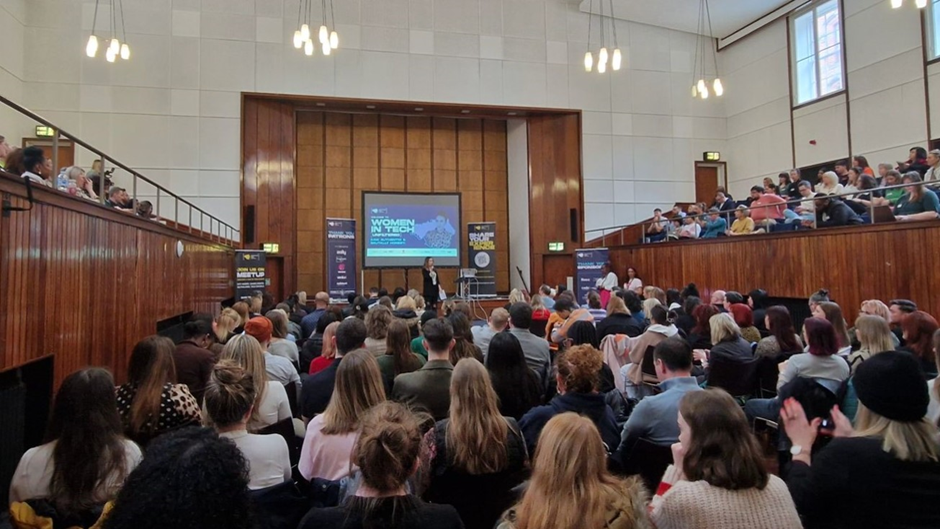
We recently conducted a survey to understand how organisations use and think about service design.
Today, nearly every business has a suite of digital products that either provide services or contribute to delivering customer experiences. However, these products can sometimes operate independently or be disconnected, resulting in a fragmented customer journey.
Experiences are now far more complex and dependent on people and technology, emphasising broader transformation rather than simply delivering an app or platform.
That's why organisations are shifting their approach from thinking solely about their products to delivering more comprehensive user experiences and the internal ways of working required to support this.
For the survey, we questioned 1,000 directors, managers, leads and consultants working across procurement, research, design, strategy, transformation, marketing and IT.
Here are just some of the key findings:
The problem with this is that there is no clear definition of what Service Design is which creates a difficult starting point to expend our reach. Due to this lack of understanding, many people are jumping to ‘service design’ methods leading mainly to Future Service Blueprints but no plan of how to achieve it, and if they do have a plan, they are often creating product roadmaps but not looking at the wider change programmes that service thinking requires.
In the research we have conducted we aimed to test our hypothesis “no one knows what Service Design is” so that we can provide clarity to help people to procure services, hire the right team members, measure the impact of change and identify the skills gap.
Of the 1000 senior leaders, manger and directors, 38% stated that they did not know what Service Design was, with 62% providing a response. The themes of the 62% centred around the following topics:
But what we saw was that these were driven by industries and job roles reflecting what they needed to care about or be measured on. And Only 3% of these open responses matched the definition that we use at Code.
Using a human centred design approach to improve and invent service experiences a person receives across the end-to-end touchpoints